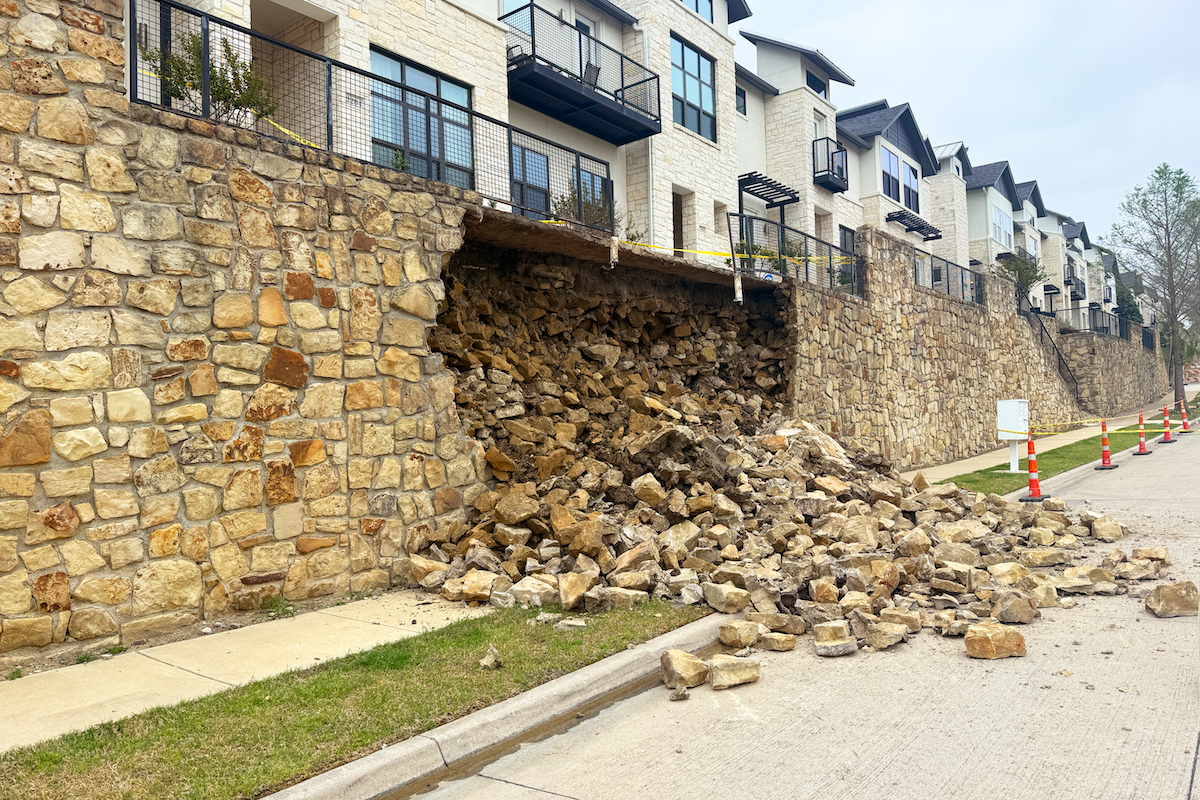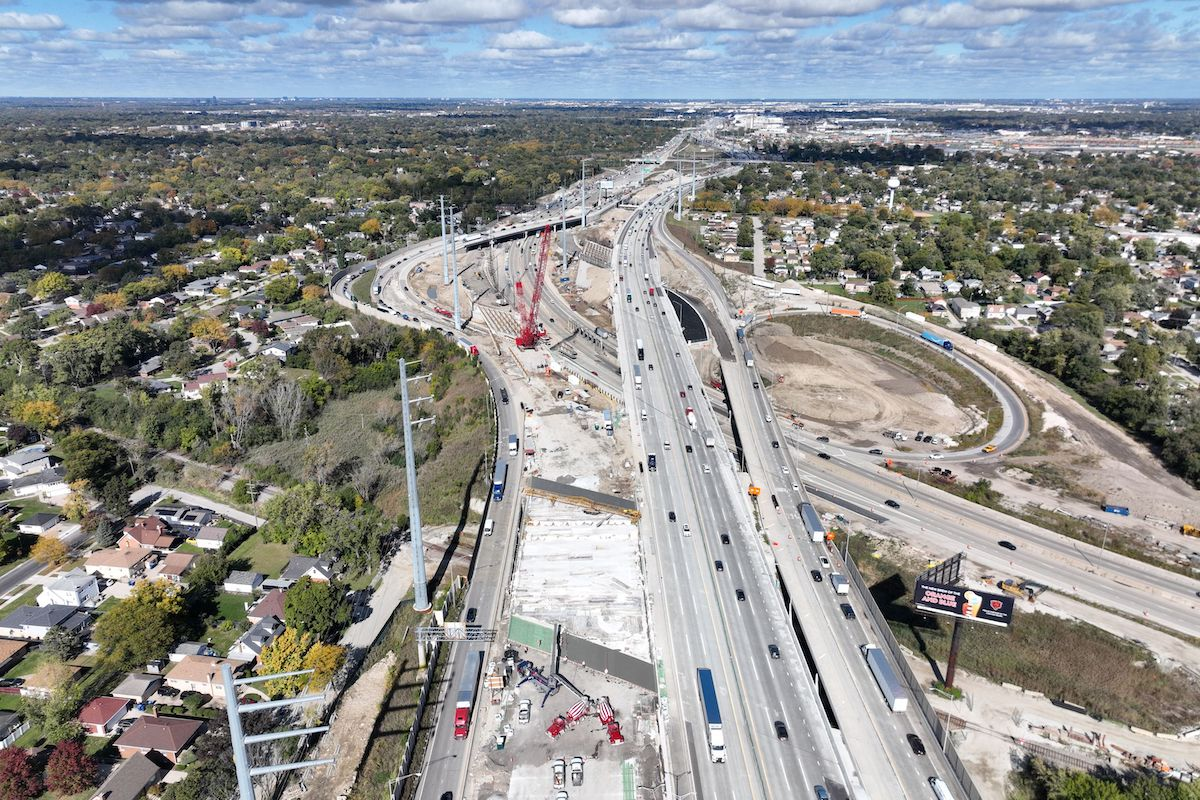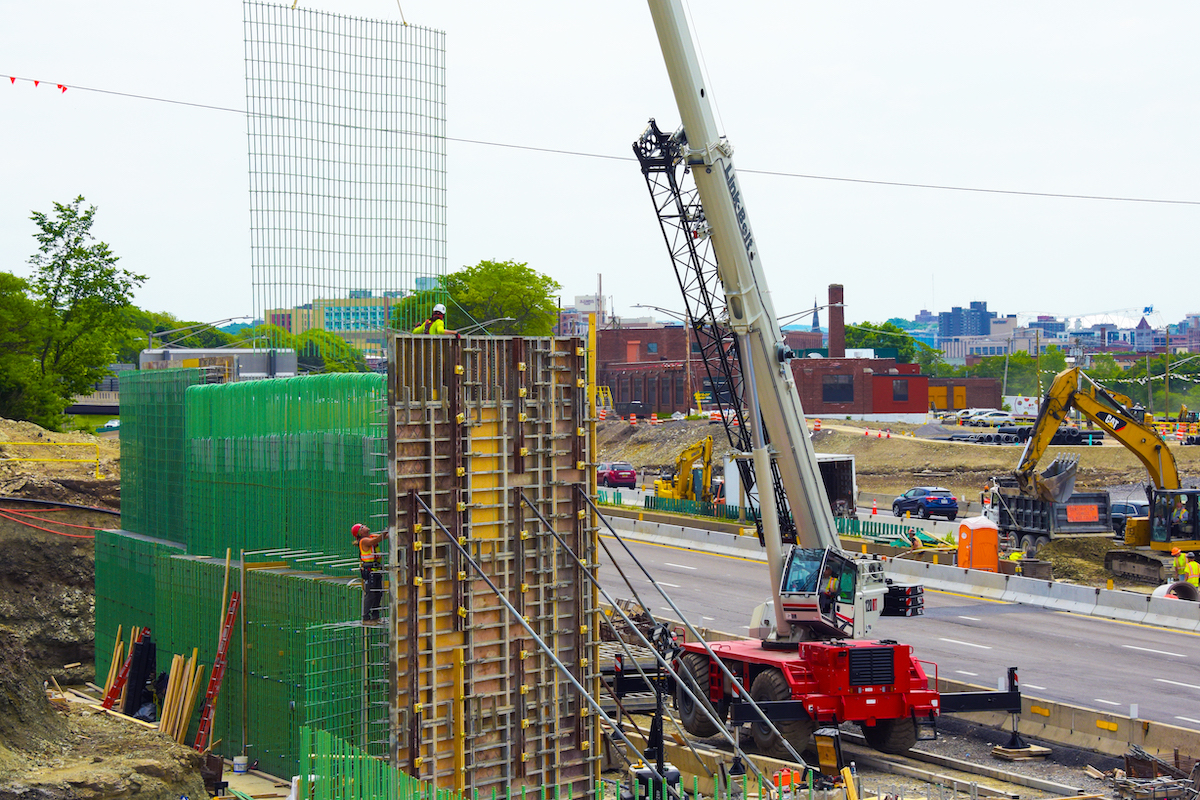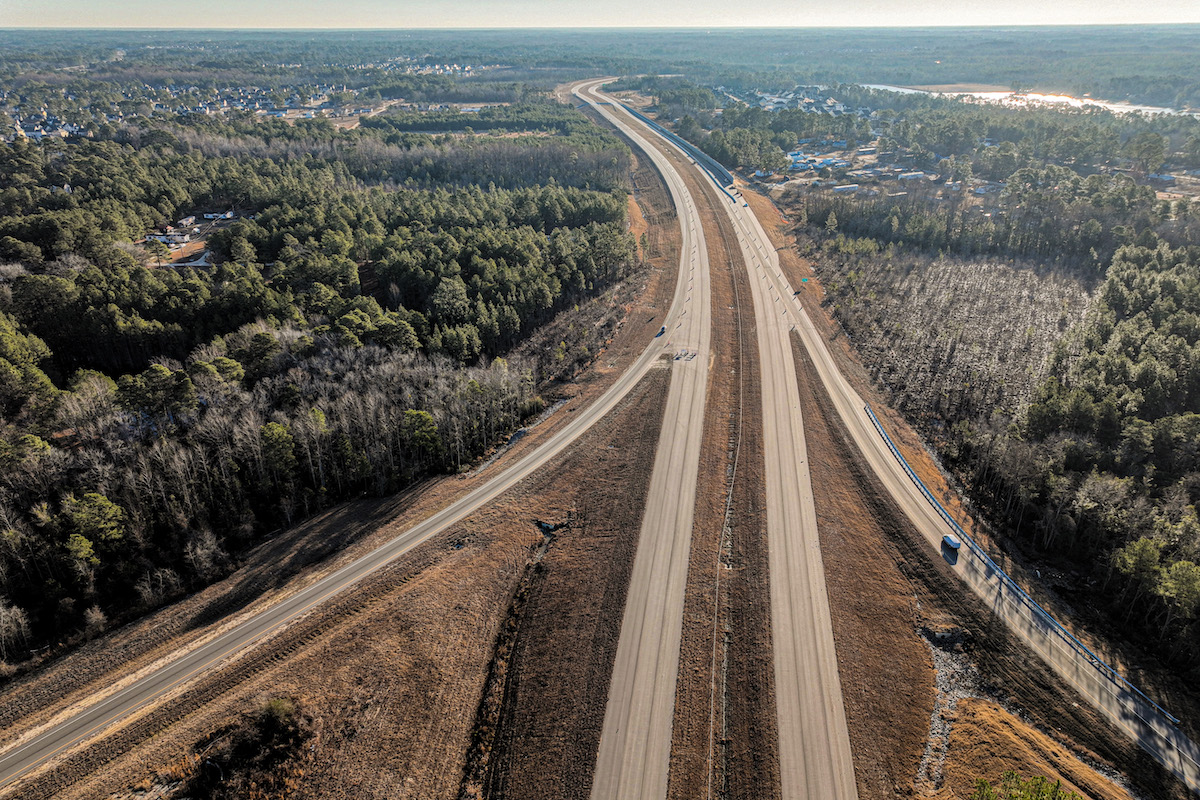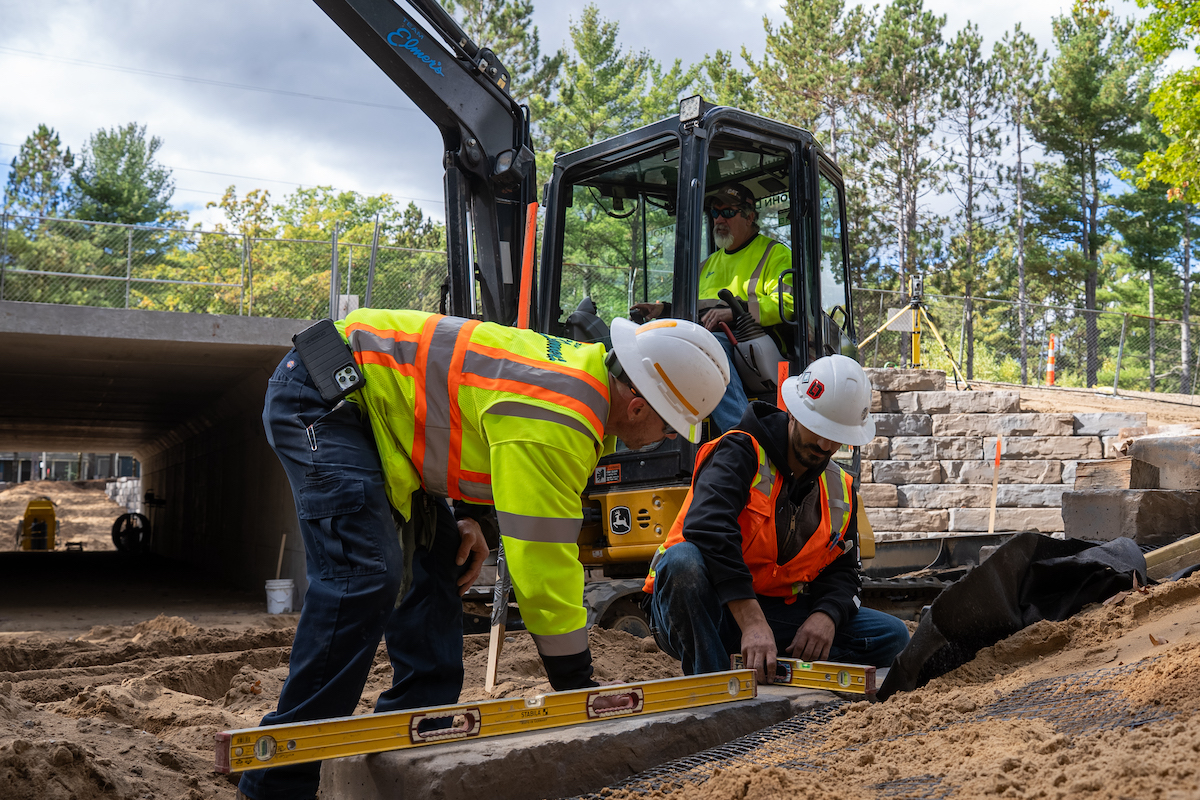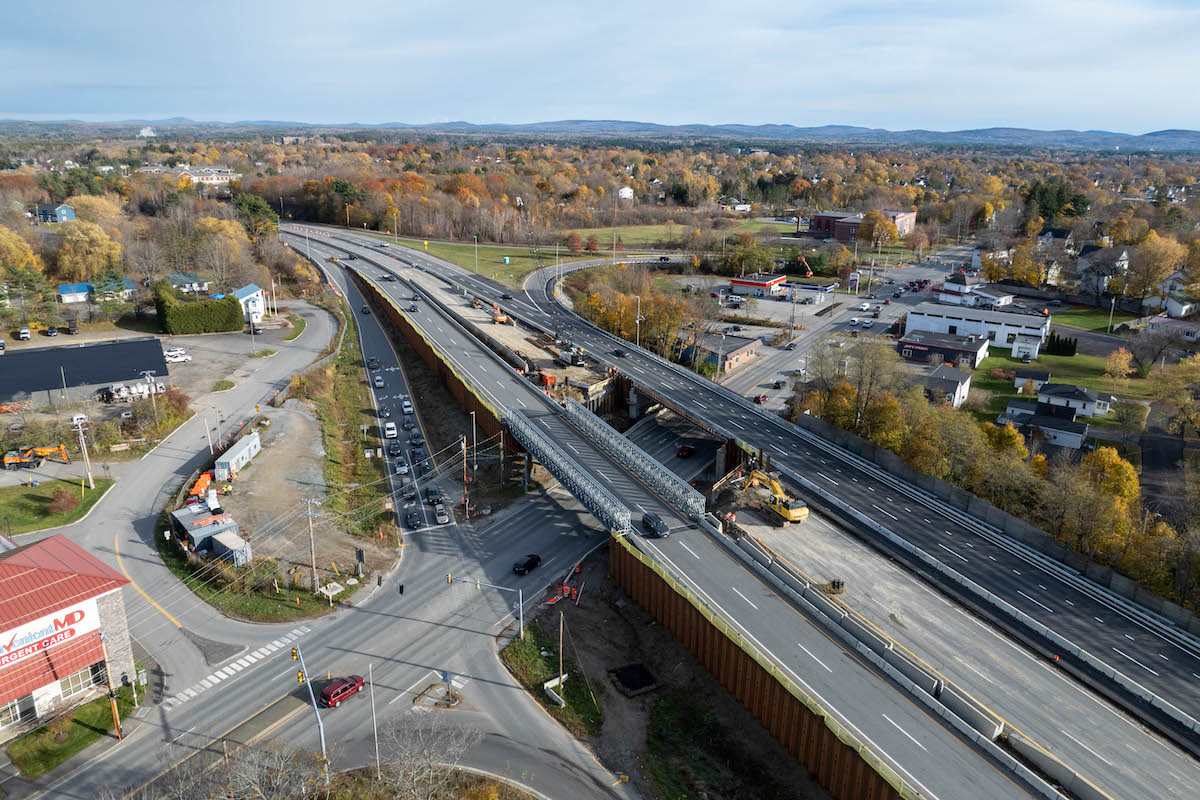Have you watched the classic movie “Casablanca” lately? You may remember this dialog:
“What in heaven’s name brought you to Casablanca?” Captain Louis Renault said.
“My health. I came to Casablanca for the waters,” Rick Blaine said.
“The waters? What waters? We’re in the desert,” Renault said.
“I was misinformed,” Blaine said.

| Your local LeeBoy dealer |
|---|
| Closner Equipment Co Inc |
| Romco Equipment Co |
| ASCO Equipment |
| Bee Equipment Sales Ltd |
That 1944 triple-Oscar winner wasn’t about construction, but those memorable lines remind me of differing site conditions. Might you be misinformed about the underground conditions for your next project? Who bears the risk of knowing what’s underground?
The short answer is that if there is no contractual clause, the contractor bears the risk. After all, the contractor promises to do the work.
But these days there is almost always a clause in the contract. And often it attempts to shift the risk to the contractor. It might say, “the contractor has had an opportunity to inspect the site without restriction and accepts all conditions, including all underground conditions, as satisfactory and will have no claim for physical conditions, above or below ground, that affect its cost or time or difficulty of construction.”
Much has changed since I started practicing law. In 1979, almost every contract contained very different language. Each of the commonly used forms then included a “differing site conditions” or “changed conditions” clause, which allowed the contractor recovery in the event of unforeseen site conditions.

| Your local Liebherr Construction Eq dealer |
|---|
| Nueces Power Equipment |
Times have changed, but the issues haven’t. Who is best positioned to bear the risk of unknown site conditions? What risks exist and what risks are covered by contract language? Can the contractor rely on the geotechnical report or other contract indications? And can the contractor recover if it sustains additional cost or time due to differing site conditions? As you’re considering your next contract, you might consider using a typical differing site conditions clause as a basis for considering how to shift this risk.
The commonly used industry forms mentioned above were from the Federal Acquisitions Regulations, the AIA, and the Engineers Joint Contract Drafting Committee. Each group’s clause differed somewhat in language and coverage, but generally shared the common ground of granting additional cost or time if the contractor discovered conditions that:
- Varied materially from those represented in the contract documents.
- Were unknown physical site conditions differing materially from conditions ordinarily encountered in work of the character provided for in the contract.
The rationale of such clauses was expressed by a Federal Court, which said: “The purpose of the change to conditions clause is thus to take at least some of the gamble on subsurface conditions out of bidding. Bidders need not weigh the cost and ease of making their own borings against the risk of encountering an adverse subsurface, and they need not consider how large contingency should be added to the bid to cover the risk. They will have no windfalls and no disasters. The government benefits from more accurate bidding, without inflation for risks which may not eventuate. It pays for difficult subsurface work only when it is encountered and was not indicated in the logs.”

| Your local Astec dealer |
|---|
| Closner Equipment Co Inc |
Let’s look at the language of the clause in the federal contract, Differing Site Conditions (Apr 1984):
- The contractor shall promptly, and before the conditions are disturbed, give a written notice to the contracting officer of: Subsurface or latent physical conditions at the site which differ materially from those indicated in this contract; and unknown physical conditions at the site, of an unusual nature, which differ materially from those ordinarily encountered and generally recognized as inhering in work of the character provided for in the contract.
- The contracting officer shall investigate the site conditions promptly after receiving the notice. If the conditions do materially so differ and cause an increase or decrease in the contractor’s cost of, or the time required for, performing any part of the work under this contract, whether or not changed as a result of the conditions, an equitable adjustment shall be made under this clause and the contract modified in writing accordingly.
- No request by the contractor for an equitable adjustment to the contract under this clause shall be allowed, unless the contractor has given the written notice required; provided, that the time prescribed in [the first] paragraph of this clause for giving written notice may be extended by the contracting officer.
- No request by the contractor for an equitable adjustment to the contract for differing site conditions shall be allowed if made after final payment under this contract.
The clause has two alternate sources of recovery. We call those Type 1 and Type 2 claims. Type 1 claims are most common and are based on some representation in the contract. This might be language in the geotechnical report. But contract indications may be outside those referenced in the report. For example, if the specifications promise that rock or soil is available on site and imply its suitability for use in the construction, this could support a claim if the material turns out to be unsuitable.
And pay special attention to the Type 1 clause wording, “subsurface or latent physical conditions.” Latent conditions might include incorrect topographical data which causes more earthmoving than would have been anticipated if actual elevations are higher. A building contractor might find “latent” differing physical conditions behind walls.

| Your local Bobcat dealer |
|---|
| Bobcat of North Texas |
| Compact Construction Equipment, Inc |
Type 2 claims are less frequent, but we recall stories about contractors finding buried construction equipment from previous projects. Such a find would not only be memorable, but also would be a source for Type 2 recovery for that builder under the federal language above.
We should stress that notice provisions are important in differing site conditions claims. The owner will want a chance to see the conditions alleged to differ from those understood prior to the contract.
Contractors have argued — unsuccessfully — that other conditions like weather should be the basis for relief. Courts have generally ruled against such claims, but we’re familiar with at least one case where the weather’s impact on a differing site condition supported the claim.
Differing site conditions clauses vary, and changed conditions claims are intensely factually based. I don’t have enough space to begin those discussions, but it’s important to consider the risk and how the contract could cover it.

| Your local Wirtgen America dealer |
|---|
| Kirby-Smith Machinery |
| Nueces Power Equipment |
Check your contract to see how differing site conditions are covered. Many owners still use a differing site conditions clause. The City of Houston does, and the Texas Department of Transportation continues its tradition of including a differing site conditions clause in its 2024 Standard Specifications. Both follow the Type 1/Type 2 model.
And if you’re negotiating a contract, consider the importance of a changed conditions clause. It can benefit the owner by eliminating contingencies (or windfalls) in bid pricing. The typical clause is a two-way street. If differing site conditions make construction easier, then the owner can ask for a resulting reduction in time and/or price.
And when you next watch “Casablanca,” you’ll see this exchange:
“I’m shocked, shocked to learn that there is gambling going on in here,” Renault said.

| Your local Takeuchi Mfg Ltd dealer |
|---|
| Kirby-Smith Machinery |
| Nueces Power Equipment |
“Here are your winnings, sir,” a croupier said to Renault.
We’re not shocked when we think about the gambles that accompany a bid. Consider hedging your bets by covering the risk of differing site conditions with a careful review of the site and the geotechnical report, as well as by negotiating a changed conditions clause that fairly apportions this project risk.































